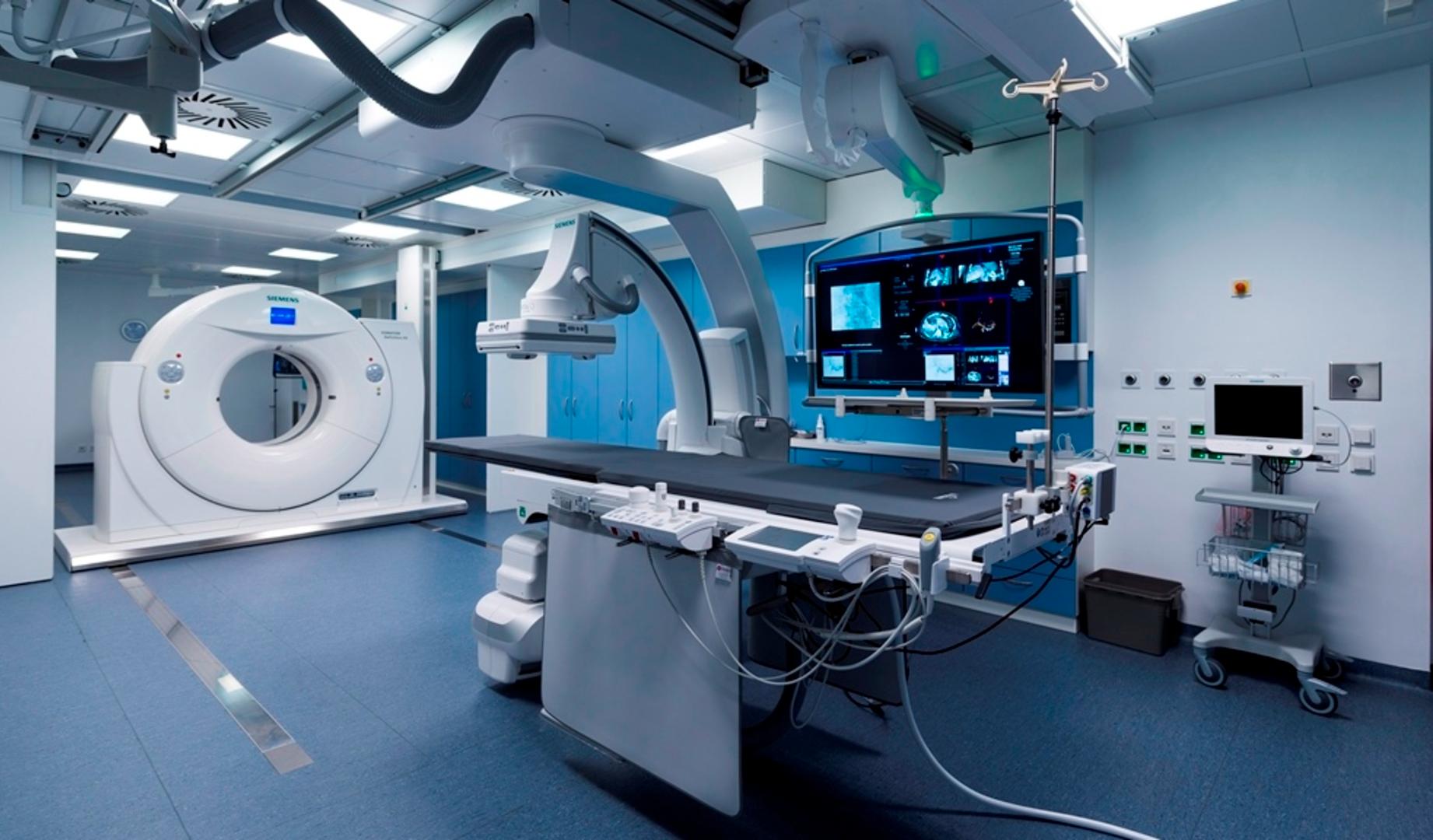
In the realm of healthcare, patient safety is paramount. Every medical procedure, from the simplest to the most complex, hinges on the careful and precise use of medical instruments.
Whether it's a stethoscope, a scalpel, or a sophisticated imaging machine, each tool plays a crucial role in diagnosing, treating, and monitoring patients. However, these instruments can also pose risks if not handled properly. In this article, we delve into the essential guidelines for ensuring patient safety when using medical instruments.
Education and Training:
One of the fundamental pillars of patient safety is adequate education and training for healthcare professionals. Before wielding any medical instrument, it's imperative that practitioners undergo comprehensive training on its proper usage, maintenance, and sterilization procedures. Whether it's a nurse learning to use an IV pump or a surgeon mastering the intricacies of a laparoscopic tool, ongoing education ensures proficiency and reduces the likelihood of errors.
Adherence to Protocols:
In healthcare settings, adherence to standardized protocols is non-negotiable. Institutions must establish clear guidelines for the use of medical instruments, including protocols for cleaning, disinfection, and sterilization. By strictly following these protocols, healthcare providers minimize the risk of cross-contamination, infections, and other adverse events that could compromise patient safety.
Regular Maintenance and Calibration:
Like any other equipment, medical instruments require regular maintenance and calibration to function optimally. From thermometers to MRI machines, each instrument must undergo routine inspections, servicing, and calibration to ensure accuracy and reliability. Neglecting maintenance not only compromises the effectiveness of the instrument but also poses potential risks to patient safety.
Quality Assurance:
In the realm of medical instruments, quality is paramount. Healthcare institutions must prioritize the procurement of high-quality instruments from reputable manufacturers. Rigorous quality assurance measures should be in place to verify the performance, durability, and safety of these instruments before they are introduced into clinical practice. Investing in quality upfront can prevent issues down the line and safeguard patient well-being.
Proper Handling and Storage:
The way medical instruments are handled and stored can significantly impact their efficacy and safety. Healthcare professionals should exercise care when handling instruments to prevent damage or contamination. Additionally, instruments should be stored in clean, designated areas that are free from moisture, dust, and other potential contaminants. Proper storage not only preserves the integrity of the instruments but also reduces the risk of infections and other complications.
Effective Communication:
Effective communication is essential for ensuring patient safety in any healthcare setting. Healthcare teams must maintain clear lines of communication regarding the use of medical instruments, including any specific instructions, precautions, or contraindications. Whether it's conveying information about a patient's allergy to certain materials or alerting colleagues about a malfunctioning instrument, open communication is vital for preventing errors and mitigating risks.
Continuous Monitoring and Improvement:
Patient safety is an ongoing commitment that requires constant vigilance and improvement. Healthcare institutions should implement systems for monitoring the use of medical instruments, collecting feedback from staff, and analyzing adverse events or near misses. This data can then be used to identify areas for improvement, refine protocols, and implement corrective actions to enhance patient safety continually.
Conclusion:
Ensuring patient safety when using medical instruments is a multifaceted endeavor that requires diligence, expertise, and a commitment to excellence. By prioritizing education, adherence to protocols, maintenance, quality assurance, proper handling, communication, and continuous improvement, healthcare professionals can mitigate risks and provide patients with the highest standard of care. In doing so, they honor the trust placed in them and uphold the fundamental principle of medicine: first, do no harm.
Highly recommended, for the fascinating content and up-to-date information.
Eric Bass
03.31.2024The information on this site is always up-to-date, making it a valuable source for problem solving. Reader feedback is helpful, and I love that I can distract myself from my daily routine with engaging articles.